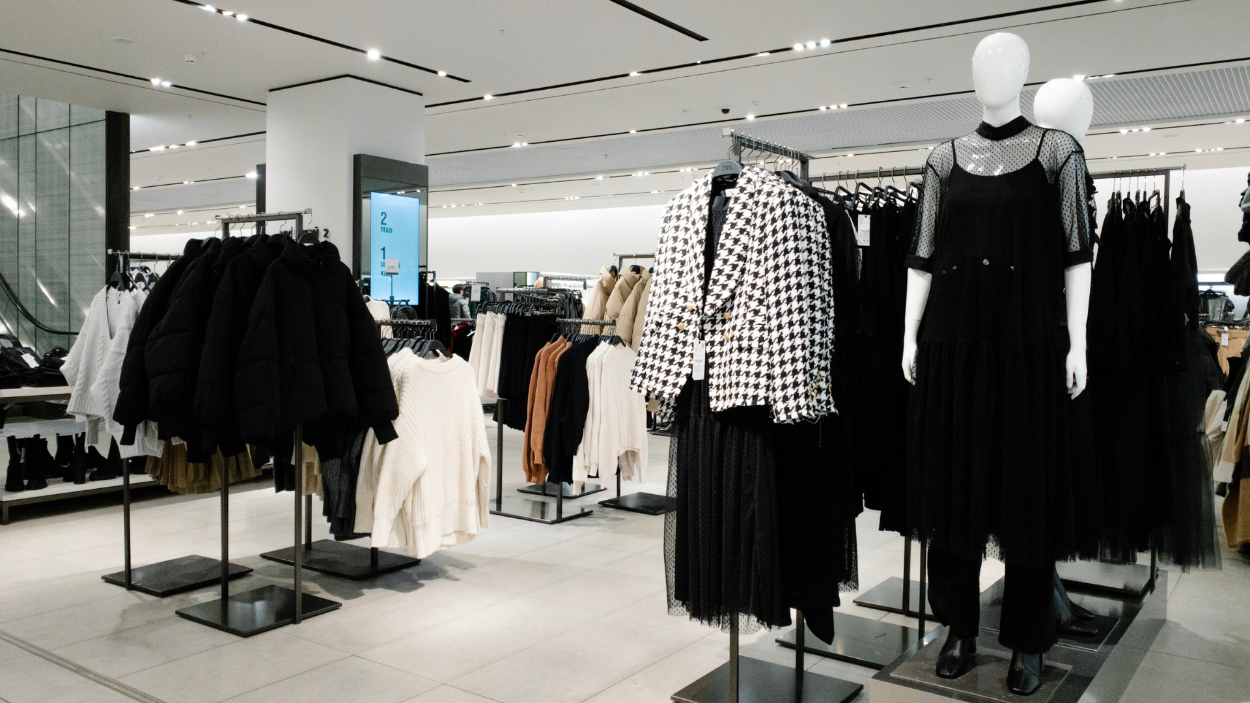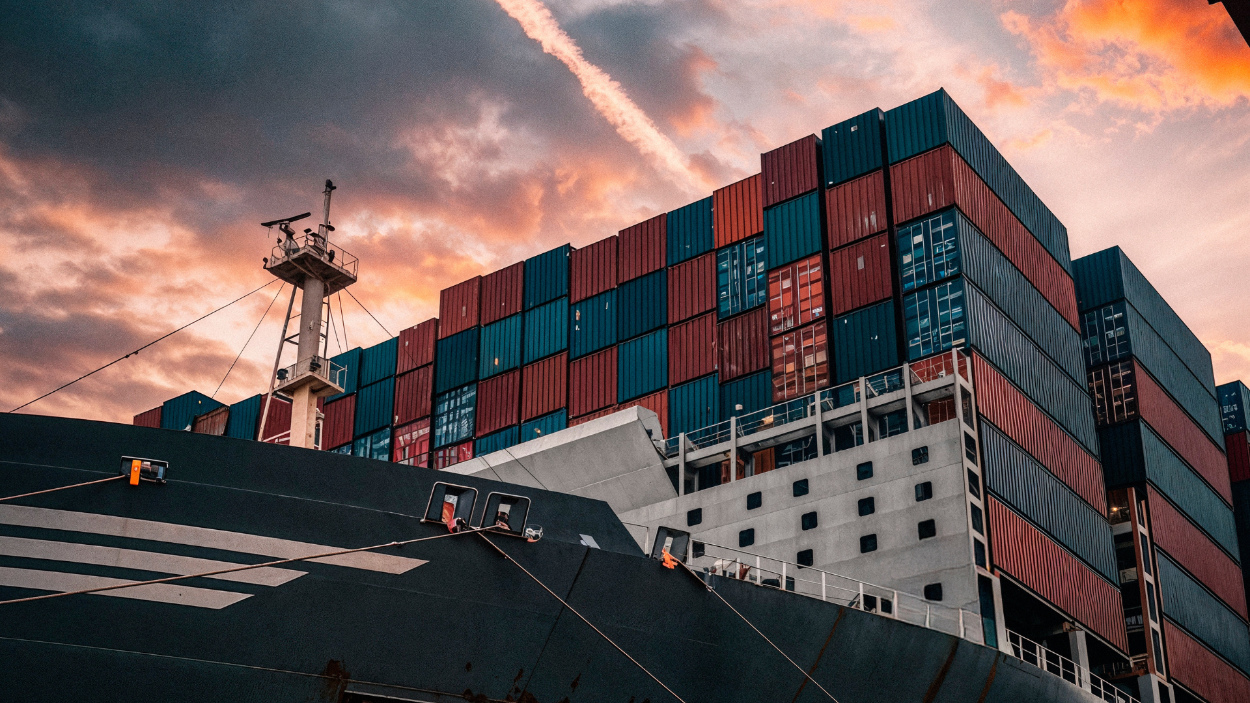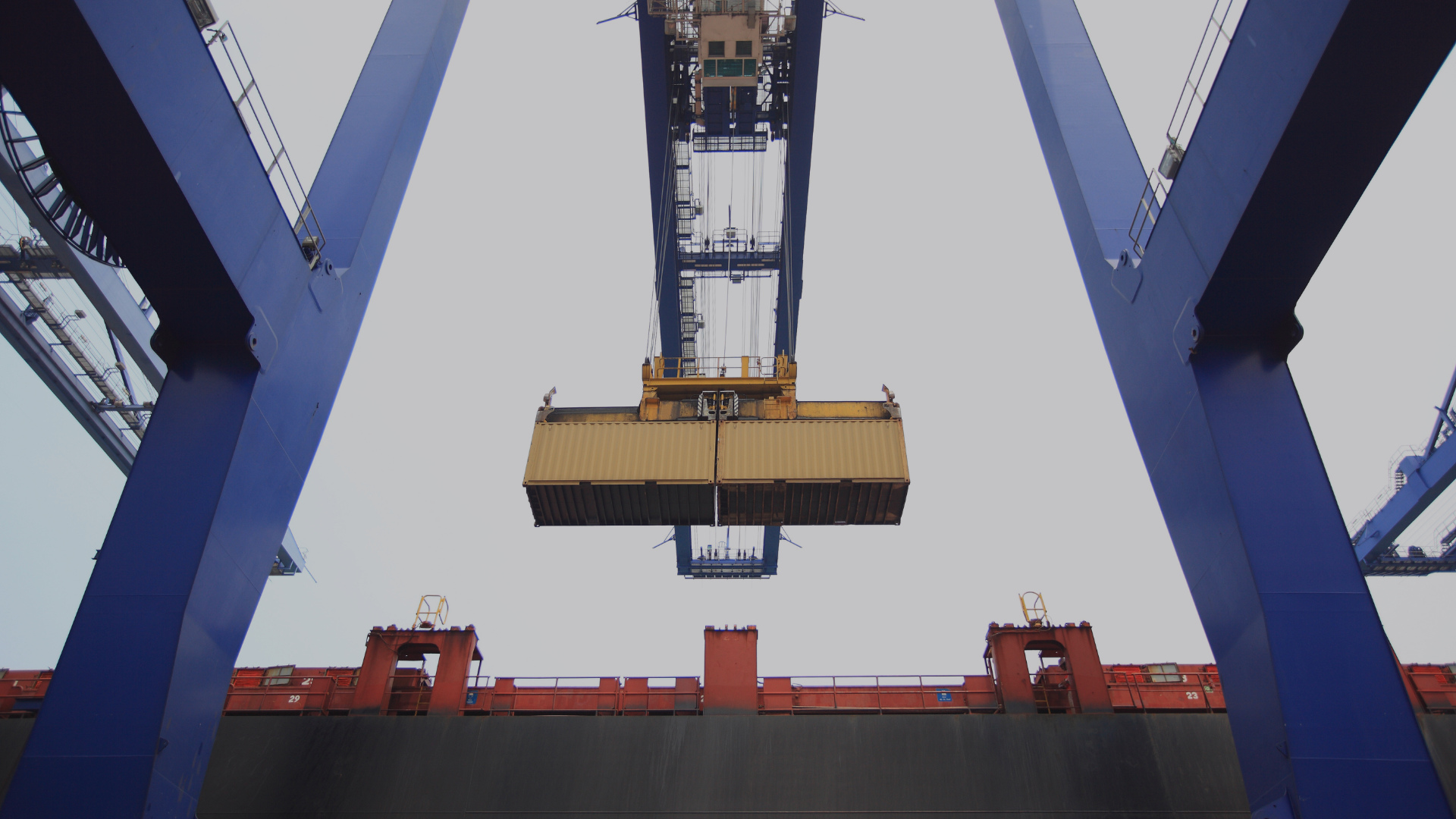Key Takeaways:
- The AAFA’s response underscores that tariff volatility, not just tariffs themselves, has become the real disruption. Its restrained reaction to a temporary suspension signals just how pervasive and persistent the uncertainty has become, making long-term planning in fashion and beauty almost impossible under conditions of constant policy back-and-forth.
- Shein’s UK growth crystallises why agility matters. With sales up nearly a third and profits more than doubling, Shein’s performance illustrates how early investment in flexible supply systems – algorithmic sourcing, rapid supplier expansion (India count up from ~150 to 1,000), and logistics nodes – translates into resilience and competitive advantage amid trade instability.
- Across the industry, digital infrastructure is becoming the dividing line. Companies with systems able to recalculate costs, reconfigure supply chains, and integrate new partners quickly are better placed to withstand future policy swings.
If there’s one thing that has defined the Trump-era tariffs, it’s volatility. We could run down the different labels they’ve attracted from the press and pundits: “vague,” “opaque,” “barely an agreement at all”, but at this point none of us needs the recap. Smooth sailing this certainly has not been.
So when the American Apparel and Footwear Association last week issued its response to the suspension of heightened tariffs on Chinese imports, it was a mild surprise to see the tone so restrained. That’s how industry bodies usually write, of course, but the fact they felt compelled to comment at all shows how much tension tariffs have injected into a system that has largely been able to lobby for advantage from a position of relative stability. Properly managed, brands can weather most storms individually – consumer headwinds, rising wages, the usual pressures – and while none of those are easy, they can often be managed with strategy and patience. What they can’t easily live with is the knowledge that trade costs might change overnight, and that those changes can occur at the same time that each of those other variables is also fluctuating or swinging wildly.
In its response, the AAFA called the suspension a positive step, but in practice the decision only means the next round has been pushed back, and that the point where anything can be said to be predictable became further away, again. Nobody in the industry believes tariff politics are disappearing, or that the state of limbo between the two major powers can last forever, and as a consequence nobody can plan or build sourcing strategies on the assumption that today’s numbers will hold. For apparel, where COGs that remain predictable long enough to calculate margins over long lead teams are the foundation of the business, this kind of uncertainty is anathema to the way the industry is currently set up.

The tension between the US and China is the most visible manifestation of this effect right now, but it isn’t the only flashpoint with relevance to fashion and beauty. The new 50% U.S. tariff on Brazilian shoes is already forcing layoffs in Franca, a city that pretty much lives off its footwear trade. Crocs isn’t even directly involved in that fight, yet it’s still telling investors that trade pressure is hitting its bottom line. And now Coach and Kate Spade’s parent company, Tapestry, have recently admitted tariffs will carve $160 million out of its profits this year. Put simply: it doesn’t matter if you’re a factory town or a global brand, a backdrop of unpredictable trade policy is destined to impact the core calculations behind your business.
For years, the standard answer to serious but more constrained disruption was lobbying. Industry bodies still occupy that role, but diplomacy, too, relies on some measure of stability if it’s to have any lasting effect. Which means that the major remedy fashion and beauty have available to them is operational. . Companies need to know, within days not weeks, what a new tariff adds to landed cost so they can plan around it. They need to know which factories can be switched on quickly, and which products will fall the wrong side of a new profitability calculation the moment the numbers change.
The only way to do that is with the right systems and, supported by them, the right degree of upstream flexibility. Software that can model the impact of tariffs, flag what’s coming, and give decision-makers a little more breathing room.

Enter Shein, offering what feels like a case study for future academic textbooks. Its newly reported UK numbers for 2024 were striking: sales of just over £2 billion, up by almost a third on the previous year, with profits climbing by more than half. The UK is now its third-largest market worldwide, behind only the United States and Germany. Shein’s performance is often explained as the product of marketing firepower or price leadership, and it’s true that both matter. But just as important is the supply infrastructure it built before the current wave of tariff disputes, and the decisions the company continues to take to hedge against uncertainty,diversify and shift production with minimal friction, reroute logistics, and bring new suppliers and partners into the system with.
In India, Shein is expanding its supplier base from around 150 partners to a targeted 1,000. That level of scale-up is more than diversification for its own sake. Even before the current tariff disputes, it was a hedge against U.S.- China tensions and the scrutiny around Xinjiang cotton. In the UK, Shein has also invested in a real on-the-ground presence: offices in Manchester and King’s Cross, a Liverpool pop-up, and a promotional tour that doubled as consumer research. A physical footprint today signals more than visibility. It creates logistics footholds that reduce reliance on long import routes alone. At the centre of it all is a digital operating model. Algorithmic demand spotting, rapid design-to-market cycles, and streamlined supplier onboarding mean that if one vendor or one region becomes unviable, another can be slotted in without derailing the pipeline.

When tariffs shift, Shein isn’t immune, but it is fast and flexible at gigantic scale, and that speed is what makes the difference – even if it does come in service of a damaging model. While heritage brands are still drafting contingency plans, waiting for confirmation from trade discussions, or recalculating what higher costs from China will do to margins, Shein can move production and hold customer pricing with far less upheaval – even though it has raised prices in some categories.
Tariffs in effect, have become something akin to a stress test. They expose which brands have a digital backbone strong enough to withstand external shocks, and which do not. Companies that treated supply chain technology as a pilot project are learning how little cover that provides when trade politics accelerate. It might have been nice to rollout, but it wont solve much, not at scale. It’s the systems built years ago that now look less like innovation and more like basic infrastructure.
The statement from AAFA framed this latest suspension as a reprieve. It reads more like a reminder that reprieves are all the industry can hope for now. Tariffs will keep moving, and they will keep exposing who can adjust with short notice ,and those who can’t. Shein’s advantage for a long time has been its readiness, something that matters more and more with every policy shift.
